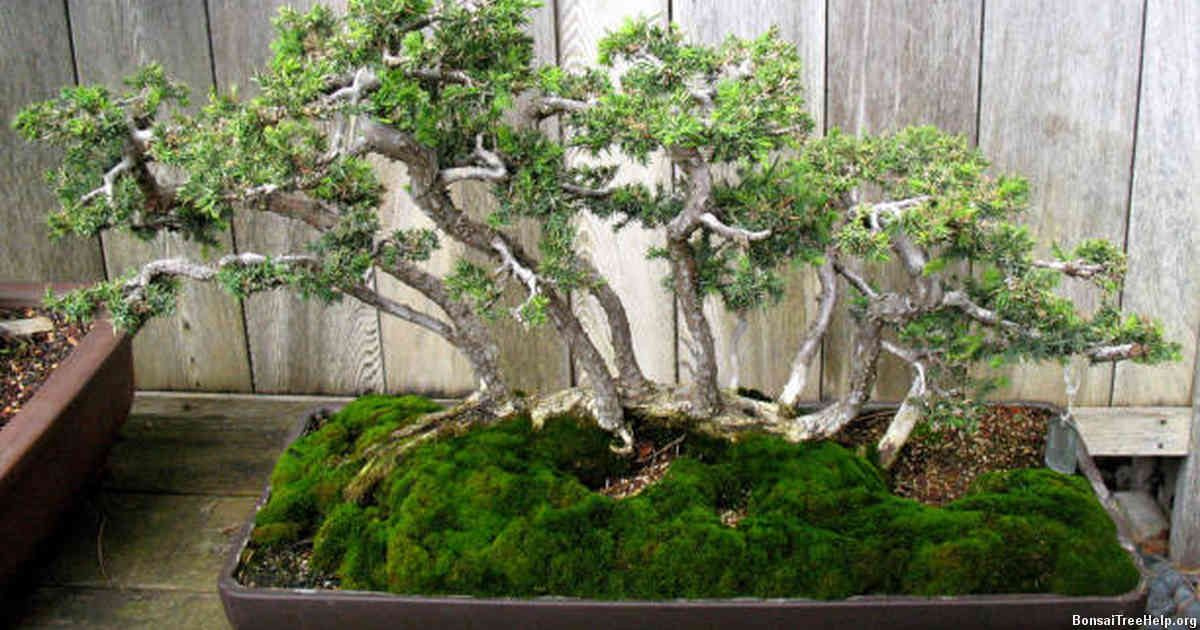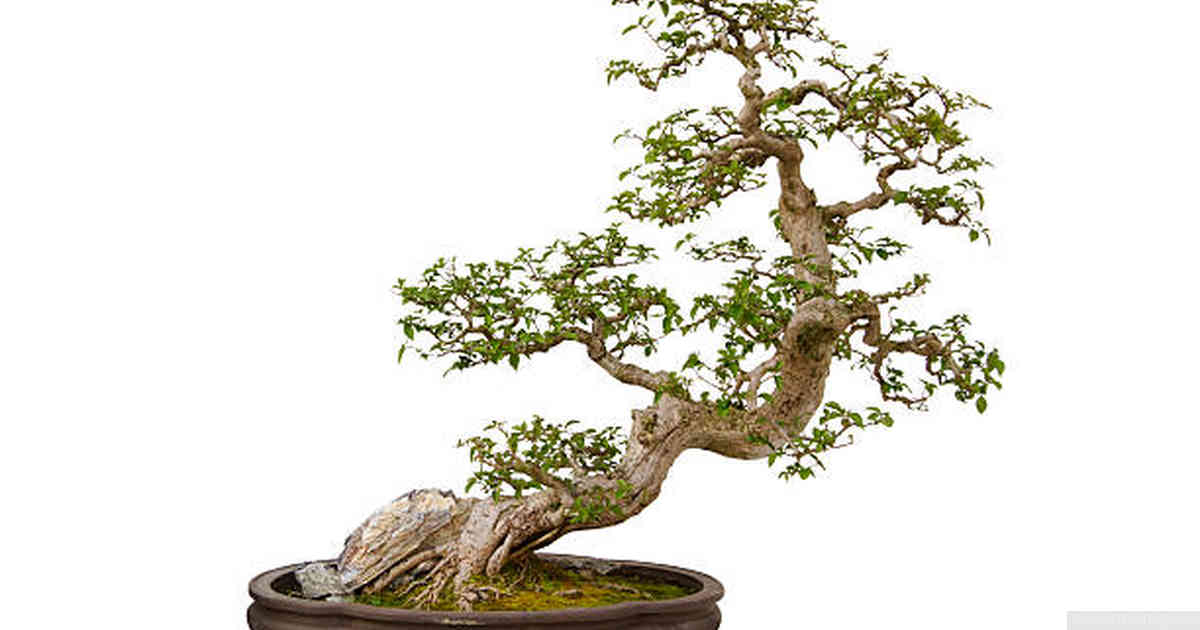
Bonsai is an interesting activity because it combines art and horticulture. Working on a bonsai requires the pruning and styling of trees, incorporating careful observation, discipline, creativity and patience to achieve beautiful results. The challenge of working with a living material that grows slowly over time provides a unique experience for the practitioner. Bonsai can serve as an aesthetically pleasing addition to any home or garden setting, adding a touch of culture and beauty to an otherwise ordinary space.
Contents:
Introduction

Bonsai is a centuries-old art form where small trees and shrubs are cultivated in shallow containers. For centuries, bonsai masters have created miniature versions of popular plants and trees, making for fascinating works of living art. Though it might seem like an incredibly complicated hobby to take up, anyone can learn how to create their own bonsai tree with the right guidance.
The practice of cultivating bonsais is thought to have originated in China about two thousand years ago. From there, it spread to Japan over four hundred years ago where it was further developed as a spiritual activity. In the present day, bonsais can be found around the world in both private homes and public gardens alike.
Unlike many other plants that require continuous attention and need tending every few days or weeks, bonsais only require maintenance once or twice per month depending on the species used and climate they’re kept in. This makes them perfect for any gardener looking for something low-maintenance but rewarding at the same time. Since they grow slowly due to their size restrictions, there will be plenty of time along their journey for budding gardeners or experts alike to appreciate their progress each step of the way.
The Art of Bonsai

Bonsai, the ancient art form of cultivating miniature trees in pots, has been around for centuries. People all over the world are captivated by its mysterious charm and meticulous technique. This intriguing practice combines elements of horticulture with artistic expression to create tiny works of living art that can last generations.
At its core, bonsai is an exercise in patience and creativity. By pruning and wiring techniques, gardeners craft a beautiful small tree or bush with very specific proportions while preserving its natural beauty. Proper watering and periodic repotting are essential to ensure continued health of their creation over time.
The best bonsai artists strive to evoke emotion from their work through use of texture and color within their landscape designs like no other genre does. They take pride in not only creating aesthetically pleasing arrangements but also ones that tell stories about a certain place or moment in time which makes each composition as unique as each person who creates it.
Beauty in Miniature Form

The art of bonsai is one that captivates and enthralls many with its miniature beauty. This traditional style of gardening creates a visual representation of nature in the form of an intricately designed shrub or tree within a pot. Through careful pruning and trimming, expert gardeners can create works of art that are beautiful to look at but also require much attention to maintain.
The scale in which bonsai gardens typically operate is incredibly small, allowing even the most cramped living spaces to accommodate these magical feats of horticultural workmanship. Perfectly symmetrical trees full of tiny leaves and detailed branches provide hours upon hours of contemplation as each single branch holds something unique for the viewer to discover. Every detail is carefully considered down to the very last leaf making these creations timeless pieces worthy of any sort of display from the everyday window sill to a gallery hall wall.
This fascination extends beyond physical appreciation for those who take up this art form as part not just marveling at its beauty but also connecting with nature on levels otherwise inaccessible by other forms entertainment like television or video games. The thoroughness required for perfecting one’s technique brings its own calming rewards when it’s all said and done which aids in fostering patience, mindfulness, concentration and dexterity – valuable traits regardless whether one ends up being an avid fan or simply a casual admirer.
An Exercise in Patience

Bonsai is a demanding and captivating hobby. It requires patience, precision, and attention to detail. To be successful at bonsai cultivation, one must maintain the delicate balance between providing enough light and water for the plant while pruning it carefully to shape as desired. With careful monitoring over time, a small tree or shrub can eventually become a stunning miniature landscape that was cultivated using only your hands. Even a basic understanding of horticulture will make this hobby more enjoyable as you learn how various species need to be cared for in order to survive and thrive in an indoor setting.
Apart from being an educational experience with plenty of room for personal growth and development, bonsai is also therapeutic. Working with plants on such a microcosmic scale takes practice but has many rewards – like watching the gradual transformation of the original organism into something completely different yet still beautiful, intricate and natural looking. The patience required by bonsai-keepers not only teaches them about themselves but also about nature itself; it’s a good reminder that sometimes things take time before they’re fully realized or appreciated – just like us.
Addiction to the Art

Bonsai is an art with a captivating nature that has been appreciated for centuries, and many people find themselves becoming increasingly addicted to its allure. There are many aspects of bonsai cultivation and design that can be both challenging and enjoyable, which accounts for its growing popularity.
From the moment one starts their journey in the bonsai world, it is difficult not to become hooked. Not only does it allow artists to express their own creativity, but also provides a connection with nature that can be fulfilling on multiple levels. The process of caring for and maintaining the trees develops into a bond between them as they grow together over time.
Those who become deeply passionate about bonsai may never consider ending their love affair with this fascinating activity even after completing artwork pieces or attaining success within this field. It requires dedication but through perseverance, commitment, and guidance from experts and mentors, those interested will see their understanding of this ancient art form blossom before their eyes.
Caring for Your Bonsai Tree

For those looking to create a personalized bonsai display in their home, or even just learn the basics of caring for one, there are a few things to keep in mind. Maintaining a healthy bonsai tree requires understanding its water and nutrient needs, managing soil pH levels and recognizing when your bonsai tree is sick.
The first step to caring for a bonsai tree properly is understanding what kind of environment it needs. Bonsais grow best with frequent watering, typically done every other day depending on the species and climate you live in. Good drainage is also key; making sure water can escape quickly from the pot as to not damage your roots or lead to root rot. Fertilization helps replenish lost nutrients that come out through pruning – however this should be done sparingly depending on the season and age of your tree. A good rule of thumb is diluting any fertilizer used by half so as not to burn your plant’s roots; especially if you plan on using organic fertilizer like compost tea or fish emulsion which tend to be more concentrated than synthetic varieties.
Monitoring your soil’s pH levels help ensure that all essential minerals are made available to your plant while minimizing plant stress during times of drought or excessive temperatures – something particularly important when dealing with delicate miniature trees such as bonsais. To do this, pick up an inexpensive digital pH reader and take readings at least once per month (more often during times of severe weather). Make adjustments accordingly – adding lime if levels become acidic or sulfur if alkaline – but always limit applications since too much can also do harm!
Inspiring Creativity

Bonsai trees are living works of art and a classic hobby that has been around since the ancient times. Artistic expression through bonsai is both captivating and fulfilling to anyone with the creativity, patience and dedication to bring these miniature masterpieces to life. Creating a bonsai tree involves an array of artistic skills such as pruning, wiring and potting – all necessary components in sculpting this form of living artwork. Every branch carefully shaped in its own special way represents your creative vision turning into reality right before your eyes.
This art form offers immense potential to explore artistic ideas by allowing you to constantly reshape plants into something entirely new every time you get behind it. With enough imagination, it’s possible to cultivate unique mini-gardens of bonsais for yourself or for someone else that can become an unforgettable present – a miniature park filled with harmonious landscapes whose beauty will only become more mature over time as its creator nurture it with love and affection until completely crafted just the way they imagined.
Growing bonsais allows artists from novice gardeners all the way up to experienced horticulturalists alike find pleasure within expressing themselves artistically by bringing their imaginative creations into reality – an experience truly incomparable.
Leave a Reply